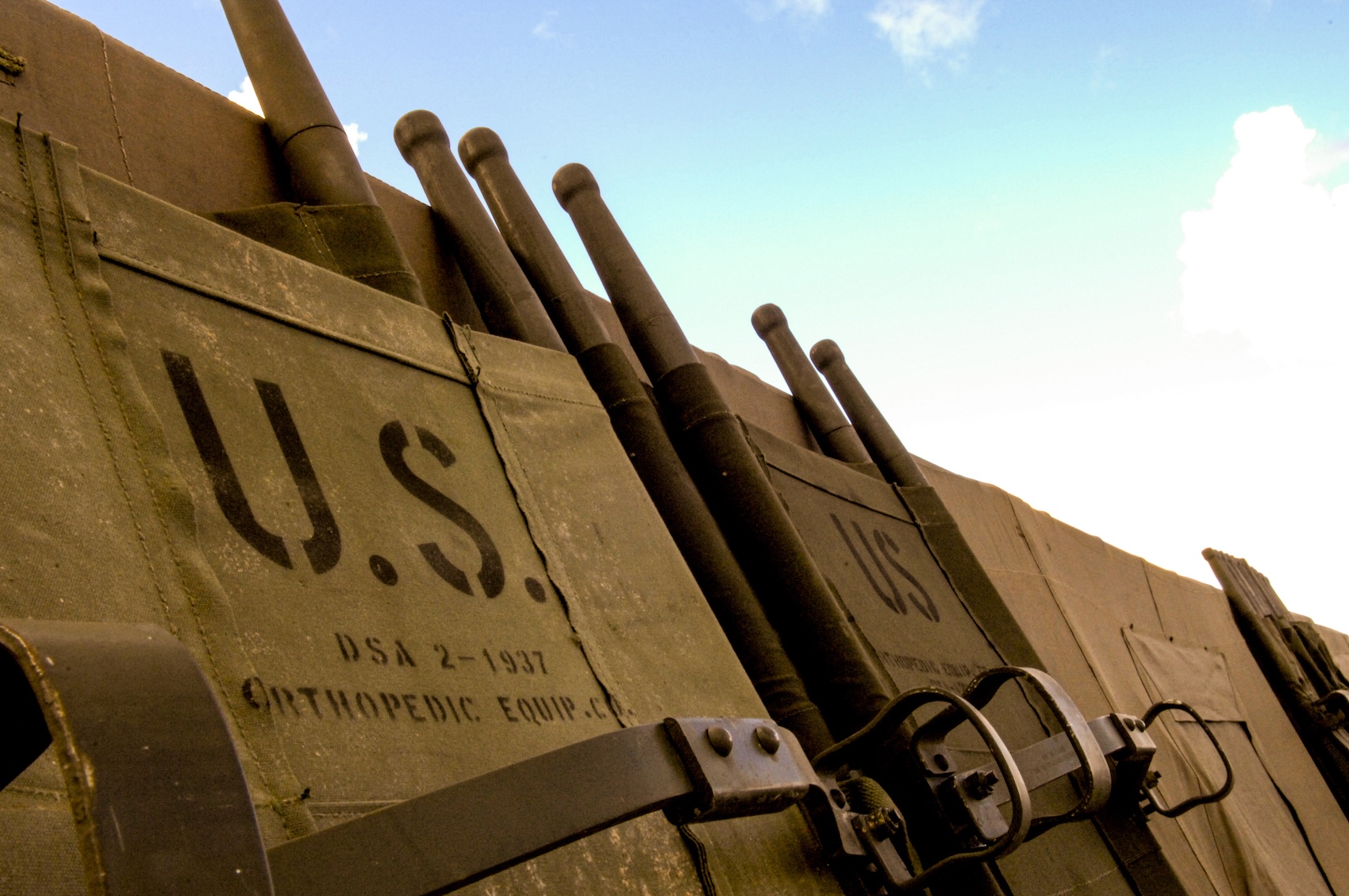A Veteran’s Perspective on Material Trust
The critical need for military composite inspection is a reality best understood by those who have relied on the equipment. For those who have served, “every ounce counts” isn’t a cliché; it’s a truth etched into memory by heavy rucksacks and the immutable laws of physics. As a Navy and Air Force combat veteran with a background in aviation, I know the vital importance of weight. It’s a reality shared by fellow veteran Jeremy Heinks, owner of Composite Inspection and Consulting (CICNDT) and a U.S. Navy Veteran. Whether you are a soldier evacuating a comrade or managing the payload of a helicopter, the demand is the same: equipment must be lightweight, strong, and absolutely dependable. This requires a new level of quality assurance for military gear.
A Case Study in Innovation: The Blacklite Stretcher
A powerful example of this principle is the Blacklite retractable stretcher, recently featured in Composites World. Developed by Epsilon Composite from special forces feedback, this stretcher weighs less than a water bottle (2.5 kg) yet carries a 200-kg load. Made from pull-wound carbon fiber poles, it collapses to fit in a backpack. For a warfighter, this reduction in weight is not a luxury; it’s a life-saving advantage. However, the use of such advanced materials necessitates an equally advanced approach to testing of tactical composites.
The Unseen Guarantee: NDT for Lifesaving Gear
With advanced materials comes a critical, unseen requirement. A carbon fiber tube that looks perfect can harbor internal defects that could compromise its strength. How do you guarantee that this gear won’t fail when needed most? This is where verifying military-grade materials through Non-Destructive Testing (NDT) becomes essential.
The Professional Solution: CICNDT and the AIMM Center
Having served in the Navy, Heinks understands that the trust a service member places in their gear must be absolute. This conviction is the driving force behind his company, CICNDT, and the state-of-the-art AIMM Center in Ogden, Utah. These organizations are dedicated to the expert inspection of lightweight military equipment. For the stretcher’s poles, this would mean using NDT methods like ultrasonic testing to see inside the fiber walls, ensuring no hidden flaws exist. This isn’t just quality control; it’s building trust into the very structure of the equipment.
Building Trust into Every Fiber
The final product is a testament to what’s possible when material science meets real-world needs. But the unseen layer of assurance provided by military composite inspection is what transforms an innovative design into a truly dependable, lifesaving tool. It’s a process that ensures when every ounce and every second counts, the equipment will perform as promised.
References
- Source Article: Pull-wound carbon fiber poles enable lightweight, compact, rigid emergency stretcher. (2024, July). CompositesWorld.
- CICNDT & AIMM Center: AIMM Center Opens in Ogden, Utah: Transforming Aerospace NDT with Cobot Technology and Advanced Materials Testing. (2025, April 15). CICNDT. Retrieved from https://www.cicndt.com/aimm-center-ogden-utah-opens/
- Manufacturing Process: What is Pull-Winding?. (n.d.). Profile Pultrusions. Retrieved from https://www.profilepultrusions.com/what-is-pull-winding/
- Military Medical Context: Tactical Combat Casualty Care (TCCC). (n.d.). Deployed Medicine, Defense Health Agency. Retrieved from https://deployedmedicine.com/tccc


